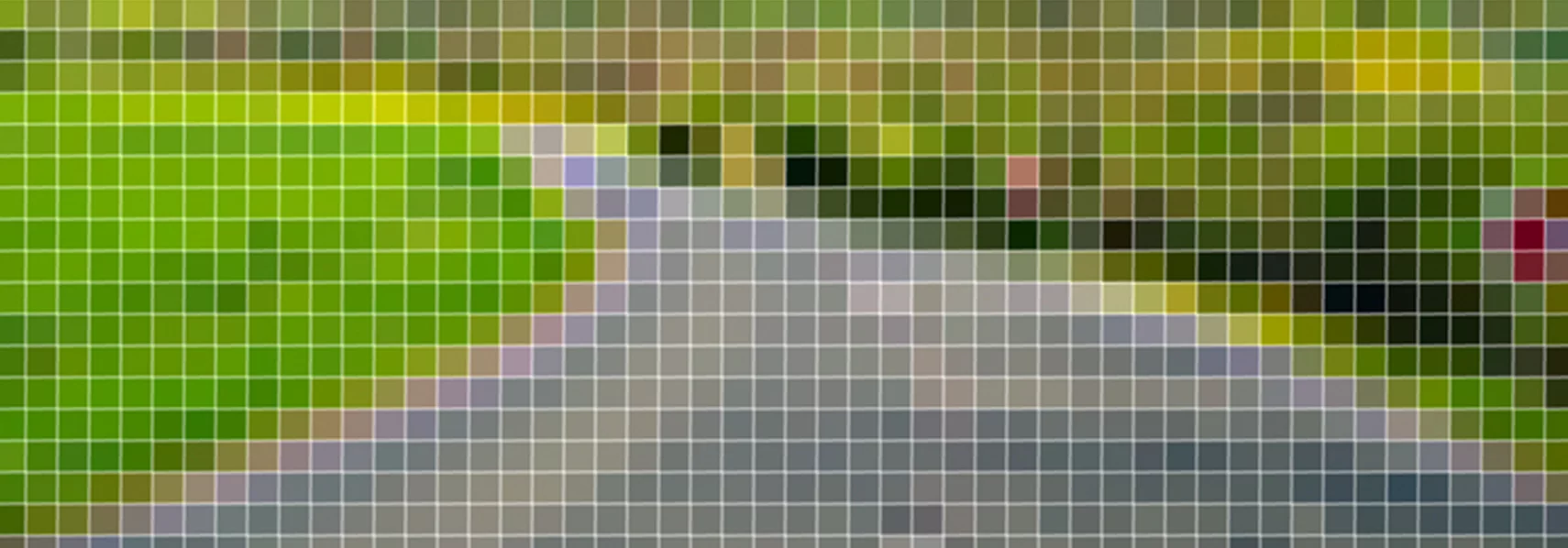Terrain modelling modules
Digital terrain models support you when planning and calculating quantities for route designs and landscapes. In many cases they also enhance the real picture when logging the existing topography. Terrain models are used within the project work, e.g. storm water tanks, construction pits, waste heaps, reservoirs and landfills. You can also use models within card_1 to plan surface drainage systems, e.g. for intersection points.
Digital terrain models are based on points and constraining lines. When creating a TIN, an optimal triangle network is generated, thus enabling you to quickly create true-to-terrain profiles in any user-defined section. You can use digital terrain models within card_1 to derive cross-sections and longitudinal profiles as well as to interpolate contours and to calculate volumes from their data.
Digital Terrain Model
You can create and edit digital terrain models with this module. DTMs are the basis for volume calculations and surface-related studies, e.g. road drainage systems for intersection points. You can also derive longitudinal profiles, cross-sections and contour lines from digital terrain models.
Digital terrain models are one of the many data bases for the 3D Project View in card_1.
DTM Volumes
This module enables you to calculate the volumes in relation to a user-definable horizon or the volumes between two digital models with an identical hull according to the German guidelines REB-VB 22.013. This method is especially suitable for calculating the volumes of extraction sites, quarries, gravel pits, landfills, dams, reservoirs and for designing traffic routes.
You can chose this method when dealing with digital terrain models which either have identical hulls or share the same plan area.
DTM Intersection
This module enables you to calculate the volumes between two digital terrain models by intersecting them according to the German guidelines GAEB-VB 22.114. This method is especially suitable for purely cut and fill projects, e.g. foundation ditches, dams, landfills, but also for cut and fill projects such as airfield constructions, industrial areas and landscaping.
You can chose this method when dealing with digital terrain models which have neither identical hulls nor do they share the same plan area.
